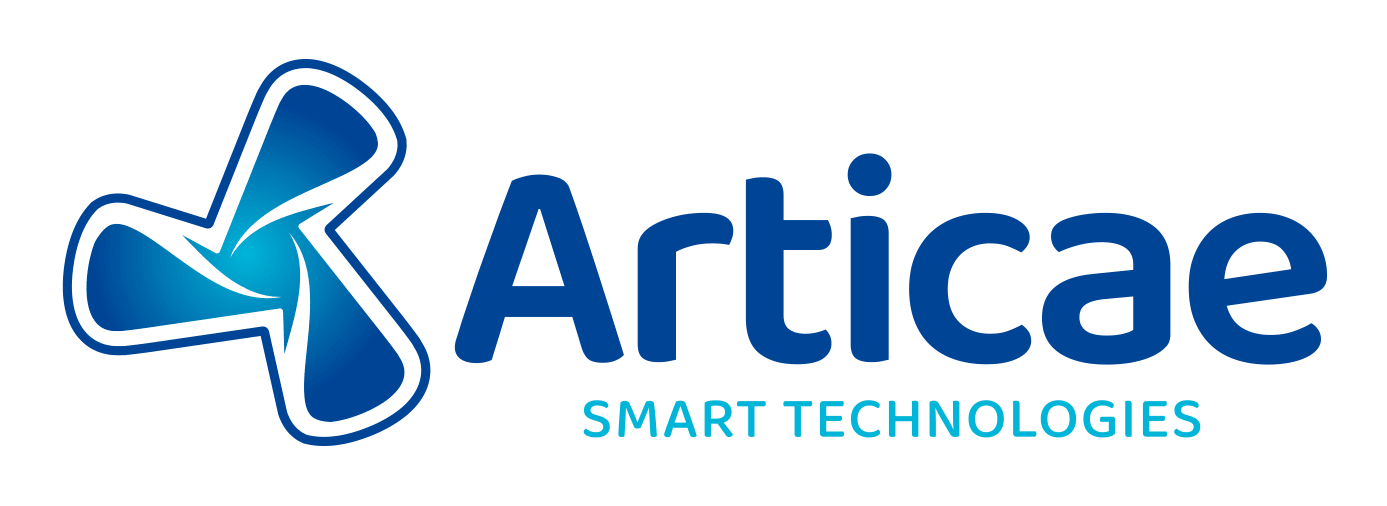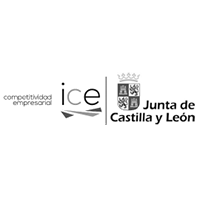Success cases
InTelWINE
Collaborators: Pago de Carraovejas, Grupo BISITE de la Universidad de Salamanca
Solution:
The InTelWINE project aims to research new precision viticulture and food safety techniques that incorporate hybrid algorithms of Artificial Intelligence and Deep Reinforcement Learning, capable of homogenising processes and transferring the knowledge of experts to a system that guarantees the quality of the wine that reaches the consumer. Progress in precision viticulture techniques will come from "strategic" intelligent irrigation systems, while progress in food safety will come from a novel monitoring system that allows to model the level of sulphur in wines and follow its evolution even in the bottle, so that the degree of combination may be predicted throughout the process, right until consumption.
Platinum
Collaborators: SISTEM
Solution:
The PLATINUM project’s ultimate goal is to improve industrial productivity through a horizontal platform based on 3 fundamental pillars: 1) new capabilities for the optimization of production and OEE (overall equipment efficiency) through social computing; 2) maximization of the availability of resources and anticipation of failures thanks to predictive maintenance; 3) safety applied to processes and the industrial environment.
The cornerstone of the project lies in a social machine that will allow for the incorporation of expert information (human knowledge) in the resolution of optimization, maintenance and safety problems. This will result in a decision support tool, offering answers provided by the workers, and capable of adapting to the changing conditions of the environment.
The solution proposed in PLATINUM also integrates a Smart Data platform which operates within a Fog/Edge Computing environment and is capable of processing and combining in real time data from different sources (ERP, MOM, CMMS, SCADA, Industrial Internet of Things (IIoT), vibrations, incident reports, etc.).
Smart Farm
Collaborators: Grupo Hermi
Solution:
Smart Farm is a project developed by the BISITE research group in collaboration with the Hermi Group, the largest rabbit meat producer and supplier company in Spain.
The project consisted in the implementation of a 4.0 farm model at Hermi's facilities in Encinas de Abajo (Salamanca) through the development and implementation of different types of electronic devices with which to visualize the desired parameters on an online platform, such as the level of filling of the feed silos or the weight level of the rabbit breeding cages.
SOSTVAN
Collaborators: IMASDE AGROALIMENTARIA, S.L. (IMASDE), IBERICO COMERCIALIZACIÓN, S.C.L. (IBERCOM), DEHESA GRANDE SOCIEDAD COOPERATIVA (DEHESA), UNIVERSIDAD DE SALAMANCA (USAL), UNIVERSIDAD DE EXTREMADURA (UEX), UNIVERSIDAD DE LEÓN (ULE), DE HEUS NUTRICIÓN ANIMAL, S.A. (DEHEUS), INSTITUTO TECNOLÓGICO AGRARIO DE CASTILLA Y LEÓN (ITACyL), UNIÓN DE GANADEROS DE VACAS NODRIZAS (UGAVAN), ASOCIACIÓN 19 DE ABRIL (19ABRIL), MSD Animal Health (MSD)
Solution:
This project focuses on extensive beef production and the achievement of full traceability of production processes and ecosystem values through the digitization of the livestock and meat industry (product type: beef; economic subsector: other cattle and buffalo farming under Spain’s economic activity classification code 0142), which is included in Chapter 2 of Annex I of the Treaty on the Functioning of the European Union. The project focuses on horizontal aspects including animal feed, farm management, non-organic differentiated quality, forest management and aims to increase added value. The project focuses on population markers such as young beef cattle farmers, where progress in professionalization is sought through the innovative solutions to be achieved, including the promotion of shorter marketing channels through the use of new digital tools.
The SOSTVAN project is consistent with the objectives of the European Innovation Partnership for Agricultural Productivity and Sustainability (EIP-agri) as it aims to: 1) Promote a livestock sector that makes efficient use of resources linked to extensive systems, is economically viable, productive and competitive, low emission oriented, climate friendly, working towards organic production systems and in harmony with the essential natural resources on which agriculture and forestry depend; 2) Contribute to a stable and sustainable supply of extensive beef; 3) Bridging the gap between the scientific research offer and the needs of the livestock sectors by creating links between cutting-edge knowledge and technologies in feeding, health programmes, animal welfare, environmental impact and digital marketing; 4) Creating added value through a closer link between research and farming practices, and encouraging greater use of available knowledge; and 5) Promoting faster and more widespread practical application of innovative solutions for extensive livestock farming.
Moreover, SOSTVAN is consistent with the EAFRD 2A focal areas and priorities by seeking to improve the economic performance of extensive beef farms and to facilitate their restructuring and modernization, in particular in order to increase their market participation and orientation with better differentiated meat products, and by improving the competitiveness of primary producers such as extensive beef farmers, integrating them better into the agri-food chain by adding value to their products which can be promoted on producer-led marketing platforms.
Digital Twin
Collaborators: IPB
Solution:
Digital Twin technology has been considered one of the most disruptive and emergent technologies since the launch of the Industry 4.0 initiative. The concept behind the technology had already been proposed in the beginning of the century, but it wasn’t until today that a more general definition was proposed. Taking this into consideration a digital twin can be defined as a digital copy of a physical system, process or product that is connected and shares functional and operational data, with capabilities of monitoring, optimisation, design, control, training and decision support. With the application of the Digital Twin technology to the manufacturing sector it is expected to have several benefits, such as reduction of costs and resources, improve efficiency and productivity, manage assets in real-time, test systems prior to manufacture, provide a faster human integration and provide a real understanding of the collected data.
QUIBIM
Quantitative Radiology Solution for Innovative Doctor, Researchers and Clinical Trial Companies
Solution:
QUIBIM Precision is the first imaging biomarkers analysis platform in the cloud presenting innovative whilst extremely useful characteristics for the sector: 1) Automated analysis of imaging biomarkers (results are ready just within minutes) with the best accuracy and reproducibility; 2) Medically certified: QUIBIM are medically valid to scientifically support decision making; 3) Open to any physicians: Optimized User Interface (UI), user experience (UX) and imaging analysis functionalities 4) Cost-effective: QUIBIM helps reduce costs of medical testing and misdiagnosis, especially from specialists as each report costs 45€.
PRIMAGE
Medical Imaging Artificial Intelligence Childhood Cancer Research
Solution:
The PRIMAGE project is devoted to developing methods of computational analysis of medical images applied to childhood cancer.
PRIMAGE proposes a cloud-based platform to support decision making in the clinical management of malignant solid tumors, offering predictive tools to assist diagnosis, prognosis, therapies choice and treatment follow-up, based on the use of novel imaging biomarkers, in-silico tumor growth simulation, advanced visualization of predictions with weighted confidence scores and machine-learning based translation of this knowledge into predictors for the most relevant, disease-specific, Clinical End Points.
The final aim is to integrate and validate a functional prototype of the PRIMAGE cloud-based platform offering predictive tools to assist management of Neuroblastoma and DIPG paediatric cancers, from diagnosis to prognosis, therapies choice and treatment follow-up, based on the use of novel imaging biomarkers, tumor growth models and advanced visualisation of predictions.
Quick Urban Forestation
Quick Urban Forestation
Solution:
Cesefor coordinated the Life+ Quick Urban Forestation project, which was carried out in collaboration with IClaves SL and SDL Medio Ambiente, and with the Valladolid City Council. Its main objective was to create an experimental urban forest in the city of Valladolid. The aim of the experiment was to test different techniques for planting native species in an effort to grow an urban forest which would not require irrigation in the heat of the summer. Nearly 15,000 trees have been planted, a network of monitoring and information analysis has been deployed in order to obtain information about the temperature and humidity in the roots and on the surface, and to observe the behaviour of the plants' stems. The data obtained from sensors was processed and a survival analysis was conducted to study the results of the experiment. Plant data was extracted every 30 minutes during 2 and a half years, the dataset that has been generated as a result of the project is available in open data formats on the project's website.
Maintenance 4.0
Intelligent and predictive maintenance management in production systems
Solution:
This project aims to develop an integrated and intelligent solution for optimal industrial maintenance, that will improve, according to the principles of Industry 4.0, the performance of production processes. To this end, the following aspects are considered: (i) advanced online analysis of the collected data in order to monitor and detect premature failures in the machines that operate on the production plant and, consequently, the need for maintenance interventions, and (ii) support to technicians during maintenance interventions through an intelligent decision support system, contributing to a faster and more effective recovery from any failure that may have occurred.
People analytics
People analytics
Solution:
People Analytics Expert System. Applies Artificial Intelligence and Big Data techniques to the information about people that is extracted from different public sources. Patterns are identified and profiles are elaborated to help gain greater knowledge about people and predict their behaviour. This enables the system users to make decisions on the basis of objective data.















































































































